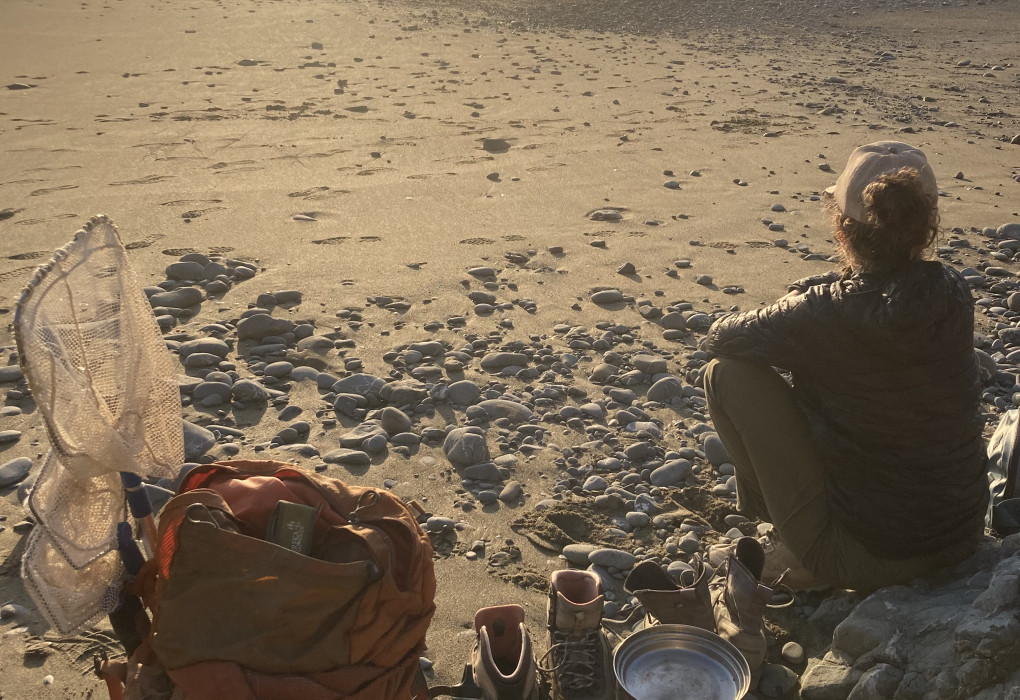StEELhead Discoveries Series - Part 14: October 2024
*This is Part 14 of an ongoing series on the campaign to Free the Eel and efforts to better understand and revive the iconic steelhead in the Pacific Northwest by Native Fish Society Fellow Samantha Kannry. View all parts of the series HERE. Additional parts and updates will be posted over the next several months. Stay tuned!
~ ~ ~ ~ ~ ~
"Our field season is nearing its end for this year. Most of it was spent exploring a variety of the forks, creeks, streams, and canyons of the Klamath-Trinity system. All tributaries running clear, doing their best to dilute the muddy waters of the mainstem Klamath’s dam removal process. Our trips in the Klamath-Trinity have been uncomplicated compared to other places we have been working for this project. First off, a substantial portion of the watershed is public land. And in these national forests/wilderness areas, many of the streams that are known to have remnant runs of summer steelhead have trails along them. Trails make it remarkably easy to access upper portions of streams compared to needing to walk up the channel. In addition, juvenile o. mykiss are relatively abundant throughout the watershed, making both seining and dip-netting usually successful. The goal of the sampling in the Klamath-Trinity system is to better understand the distribution of summer, fall, and winter-run steelhead around barriers in the watershed. This is an extension of similar work we have and are continuing to do in adjacent waterways in Northern California, with the hope of aiding in management and restoration of these imperiled fish.
Having these straightforward and effective sampling trips for most of the summer, we were due for a reminder that this has not been the norm. So, we returned to southern Oregon. We encountered the familiar patchwork of public and private inholdings with often ambiguous public access. We followed state-wide fish distribution maps to locations without fish. And we spent hours seining in streams to catch only a few fish. Spirits were low as we came across numerous dump sites, fishless streams, and no trespassing signs. (To be clear these things regularly happen in California and the Klamath-Trinity specifically, but certain areas seem to stand out as unwelcoming).
After a particularly unproductive night of sampling, we were parked at a gas station/market in a small hamlet outside of a small town. We had asked about road access at the local Forest Service ranger district office but got no useful information. With maps spread out and commenting on how it would be nice to have a person to ask, a guy walked over and inquired where we were from and what we were up to. He found our situation comical, where we were trying to go and the harvest season, especially considering we do a lot of our work at night. “That is bound to attract some unwanted attention”, he laughed. He told us he knew another guy who would have a lot more information about which roads are actually private and who is doing what and where. As if on cue, the friend he was referring to drove his truck into the parking lot. This local backwoods explorer offered his perspective and experiences on the accessibility of nearby streams and congenially sent us on our way.
Reflecting on our issues with the nuances of fieldwork in different areas, I noticed some inconsistencies with potential perceptions. Here we had been, elitist-appearing biologists, not from around here, with our maps and sunglasses, fancy Patagonia waders and gear, eating a seasonal salad by the river, using ODFW’s fish distribution website and information garnered from other biologists, also from out of the area, to come and learn about some of the native fish of this rural community. To be fair to ourselves, the waders and gear were generously donated by Patagonia, the salad came from our farm, and we have spent many years living in other small, rural communities. No one we encountered knew these details, and yet we had only overwhelmingly positive, helpful interactions. Folks with strongly worded wearable paraphernalia from differing ends of the political spectrum, offering to mail us a small item, lost where they may be headed. Remarkably inquisitive and interested construction workers rebuilding a creek bridge. The aforementioned gas station conversation. A surprising family on paddleboards, enjoying a warm fall day on the river. After listening to a local politically polarizing radio station, I came to old conclusions. As humans, we are not all that different from one another. Many people have much to celebrate and be grateful for, it just doesn’t make headlines. If we could remember to listen to each other, and recognize others’ struggles as equally valid to our own, we could direct our strength and energy towards healing the natural systems and watersheds that support us."
-Samantha Kannry
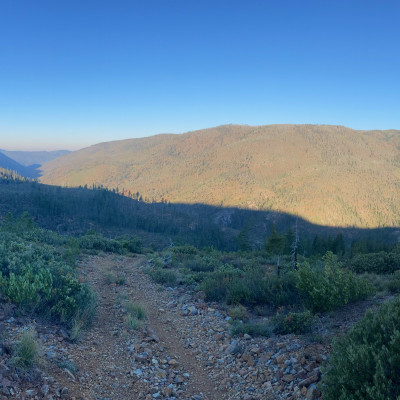
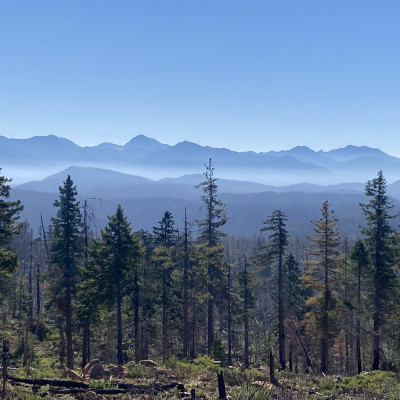
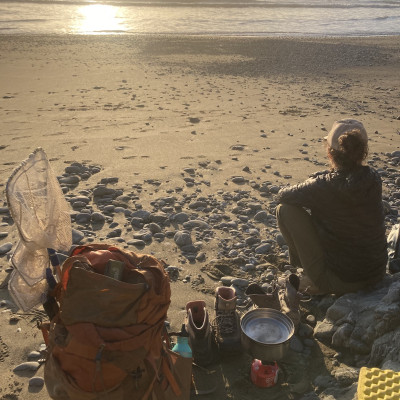
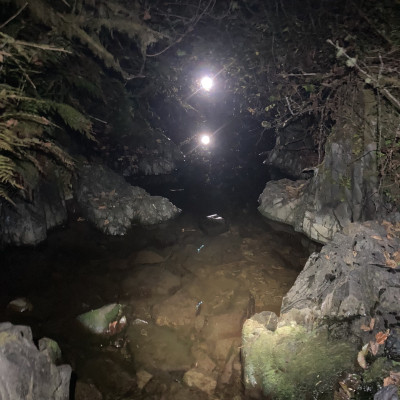
Photo Credit: Samantha Kannry and team
~~~~~
About the Author:
Samantha Kannry has been monitoring, studying, and swimming with summer-run steelhead in the Eel River and other rivers of Northwestern California for the past thirteen years. She joined NFS as a volunteer in 2015, then became a fish genetics fellow in 2020.
While it has been clear to the native peoples of the region since time immemorial that summer-run steelhead and the congeneric spring Chinook are separate populations, not everyone else sees it so clearly. Her research has focused on using conservation genetic tools to elucidate the distinction between summer and winter-run steelhead.
When not minking (a combination of hiking, swimming, snorkeling, sliding, shimmying, and boulder jumping) down rivers, she is usually growing and eating fruit, moving manure at Caudal Fin Farm, or bike touring distances large and small. All working towards re-establishing the inherent continuity between rivers, land, and people.
Read StEELhead Discoveries Part 1 - 13 HERE.
